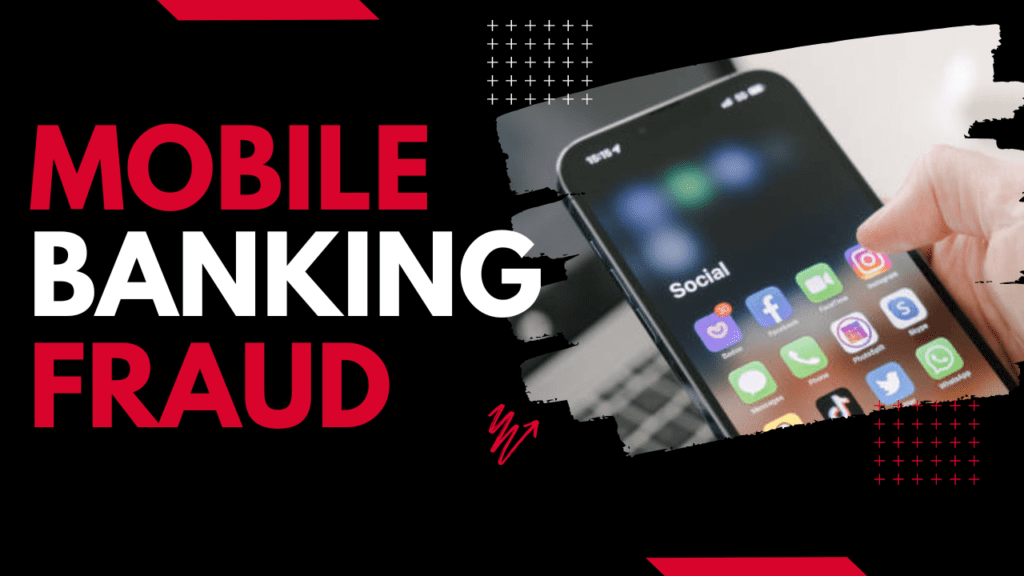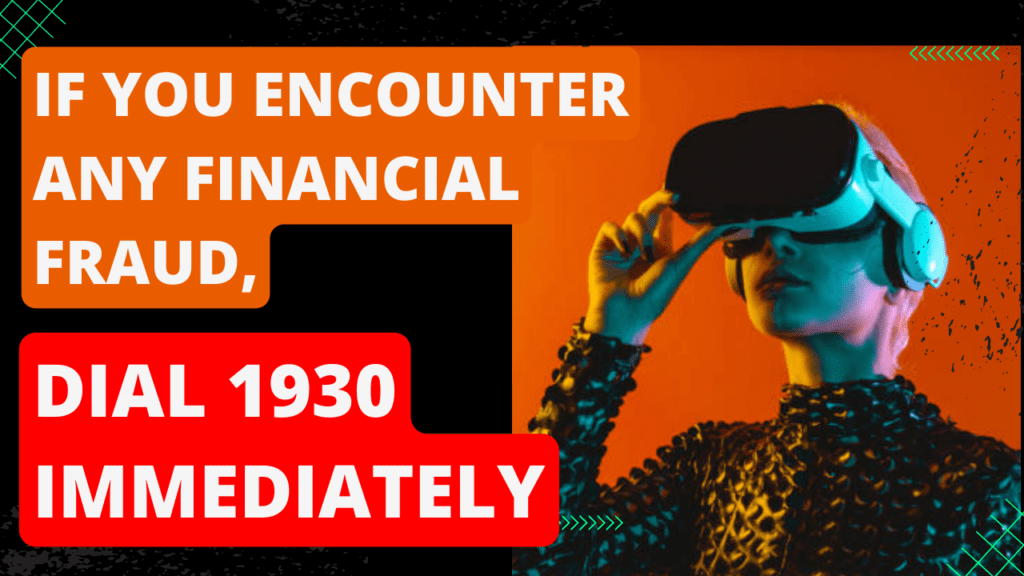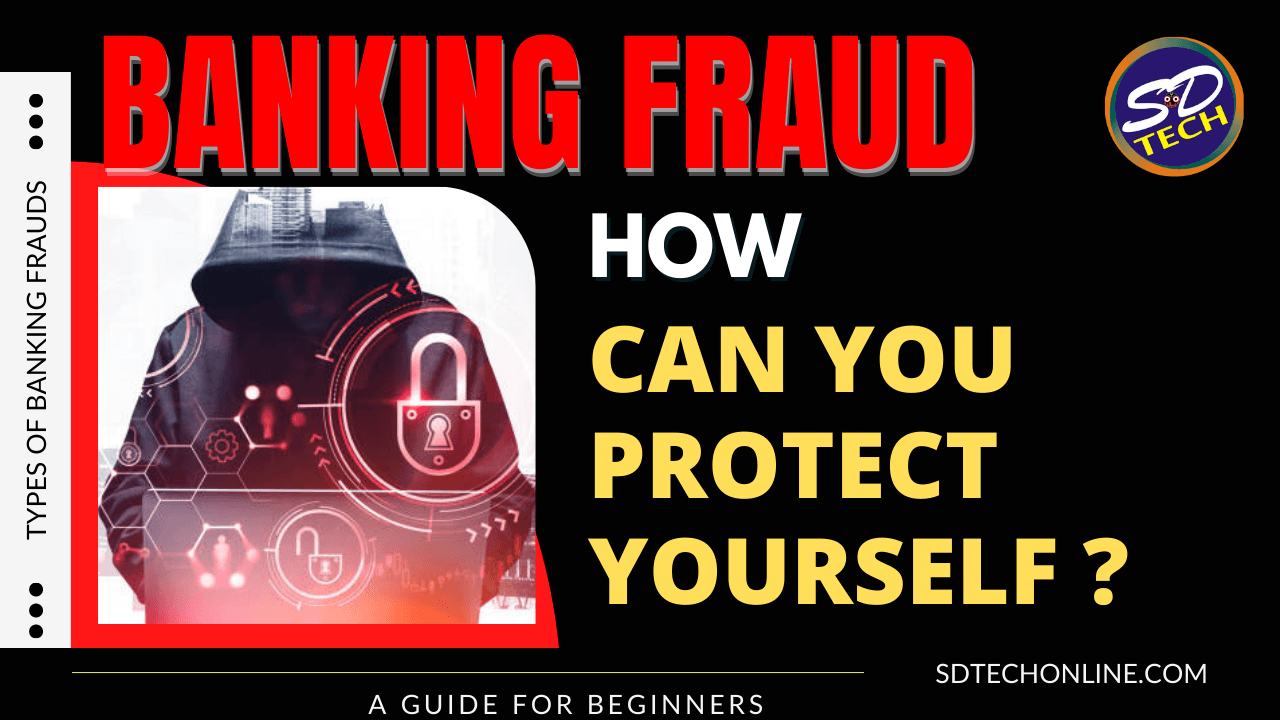In today’s increasingly digital world, banking fraud has become a major concern for people around the globe. With cybercriminals becoming more sophisticated in their methods, it is important for individuals to take proactive steps to protect themselves from banking fraud. By using strong passwords, being wary of phishing scams, enabling two-factor authentication, monitoring accounts regularly, using official banking apps, avoiding public Wi-Fi, and keeping devices and apps up-to-date, individuals can minimize the risk of falling victim to banking fraud and protect their finances and personal information.
It’s important to remember that the risk of banking fraud is ever-present, and staying vigilant is key to protecting yourself. By being cautious and adopting best practices when it comes to online and mobile banking, you can reduce your vulnerability to fraud and ensure that your finances remain secure. By taking proactive steps today, you can help safeguard your financial future and prevent the devastating consequences of banking fraud.

Be vigilant with your personal information: One of the most common ways for fraudsters to gain access to your banking information is through phishing scams, where they impersonate a legitimate organization to trick you into giving them your personal and financial details. To avoid this, never give out personal information like your social security number, date of birth, or bank account details unless you are certain that the request is legitimate.
Choose strong passwords: Weak passwords are an easy target for hackers. Create a strong, unique password that is difficult for others to guess. You should avoid using the same password for multiple accounts, and change your passwords regularly.
Monitor your accounts regularly: Keep an eye on your bank statements and credit reports to spot any suspicious activity. If you notice anything unusual, contact your bank immediately.
Check for secure websites: When visiting a website to conduct financial transactions, look for the “https://” at the beginning of the URL. This indicates that the site is secure and encrypts the data you transmit to prevent interception.
Avoid clicking on suspicious links: Be wary of clicking on links in emails or text messages, especially if they come from unknown or suspicious sources. These links can be used to install malware on your device, steal your personal information, or redirect you to a fake website that looks like your bank’s website.
Verify phone calls and emails: If you receive a phone call or email from someone claiming to be from your bank or another financial institution, always verify their identity before providing any personal or financial information. You can do this by calling the bank directly or checking their website.
Set up account alerts: Many banks offer account alerts that notify you of any suspicious activity, such as large withdrawals or purchases. Setting up these alerts can help you catch fraud early and prevent further damage.
Be careful with your ATM card: Always cover your hand when entering your PIN at an ATM or when making a purchase with your debit card. This can help prevent someone from stealing your PIN or card information.
Use a virtual private network (VPN): If you need to access your bank account or conduct financial transactions while using public Wi-Fi, consider using a VPN. A VPN encrypts your internet connection and helps protect your data from cybercriminals.
Be wary of social engineering: Social engineering is a technique that fraudsters use to manipulate you into divulging your personal or financial information. This can include tactics such as posing as a customer service representative or using scare tactics to get you to act quickly. Be cautious of any unsolicited phone calls, emails, or text messages that ask for your personal or financial information.
Check your credit report regularly: By law, you are entitled to a free copy of your credit report from each of the three major credit reporting agencies once per year. Check your credit report regularly to make sure there are no unauthorized accounts or inquiries.
Consider identity theft protection: Identity theft protection services can help monitor your personal information, such as your Social Security number and email address, and alert you to any suspicious activity. These services can also help you recover from identity theft if it does occur.
By taking these additional steps, you can further protect yourself from banking fraud and identity theft. Remember, being proactive is key when it comes to protecting your personal and financial information, and taking these steps can help give you peace of mind knowing that you are doing everything you can to stay safe.
How Can You Protect Yourself From Mobile Banking Fraud?
The convenience of mobile banking cannot be overstated. With the ability to check balances, transfer funds, and pay bills from anywhere, mobile banking has become a preferred method for many people. However, with this convenience comes a heightened risk of fraud, as cybercriminals are constantly developing new tactics to access personal and financial information. Malware, phishing scams, and fake apps are just a few examples of the techniques used by fraudsters to obtain sensitive data from mobile banking users.
In addition to these threats, the risk of losing your mobile device or having it stolen is a significant concern. If your mobile device falls into the wrong hands, your personal and financial information may be compromised. It is crucial for mobile banking users to take proactive measures to protect their devices and their sensitive data. By following best practices for mobile banking security, such as enabling device security features, using official banking apps, and avoiding unsecured Wi-Fi networks, individuals can reduce their risk of becoming a victim of mobile banking fraud.

Use strong passwords and PINs: When setting up your mobile banking app, make sure to use a strong password or PIN that is unique and difficult to guess. Avoid using common words or phrases, and consider using a password manager to securely store your passwords.
Enable biometric authentication: Many mobile banking apps now offer biometric authentication, such as fingerprint or facial recognition, as an added layer of security. Enable this feature if it is available on your device.
Use two-factor authentication: Two-factor authentication adds an extra layer of security to your mobile banking app by requiring a code sent to your phone or email in addition to your password. Enable this feature if your bank offers it.
Download official apps: Only download your bank’s official mobile banking app from a reputable app store, such as the Apple App Store or Google Play Store. Be wary of downloading apps from third-party sources, as they may be malicious or fraudulent.
Check the app permissions: Review the permissions requested by your mobile banking app and only grant access to the information that is necessary for the app to function. For example, your banking app does not need access to your camera or microphone.
Avoid public Wi-Fi: When using your mobile banking app, avoid using public Wi-Fi networks that are unsecured. Instead, use a trusted Wi-Fi network or your cellular data plan.
Be cautious of public charging stations: Public charging stations may be used to distribute malware to unsuspecting victims. Avoid using public charging stations or bring your own charger to stay safe.
Update your device and apps: Keep your mobile device and mobile banking app up-to-date with the latest security patches and software updates. This can help protect you from known vulnerabilities and security threats.
Be cautious of phishing scams: Fraudsters may use phishing scams to try to steal your login credentials or other personal information. Be wary of unsolicited emails or text messages that ask for your personal or financial information, and never click on suspicious links or download attachments from unknown sources.
Never share your login credentials: Never share your mobile banking login credentials, such as your username and password, with anyone. Your bank will never ask for this information via phone, email, or text message.
Don’t store sensitive information on your device: Avoid storing sensitive information, such as your Social Security number or bank account numbers, on your mobile device. If your device is lost or stolen, this information could fall into the wrong hands.
Keep an eye out for skimming devices: Skimming devices can be placed on ATMs or card readers to steal your card information. Look for any signs of tampering or unusual devices attached to the machine before using it.
One of the most important steps in protecting yourself from mobile banking fraud is to always be vigilant and cautious. This means being wary of any suspicious messages or emails that request personal or financial information, and never sharing sensitive data with anyone. It is also important to monitor your accounts regularly and report any suspicious activity to your bank immediately. By staying on top of your accounts and being proactive, you can catch any potential fraud early and prevent further damage to your finances.

What To Do If You Encounter Any Financial Fraud?
If you encounter any financial fraud, it is important to take immediate action to minimize the damage and protect yourself from further harm. Here are some steps you should take if you suspect that you have been a victim of financial fraud:
Contact your bank or financial institution immediately to report the fraud and freeze any affected accounts to prevent further unauthorized transactions.
dial 1930 immediately or visit the National Cyber Crime Reporting Portal at www.cybercrime.gov.in
Contact your bank or financial institution immediately to report the fraud and freeze any affected accounts to prevent further unauthorized transactions.
File a complaint with the relevant authorities, such as the Federal Trade Commission (FTC) or the Consumer Financial Protection Bureau (CFPB), to report the fraud and get assistance with resolving the issue.
By taking these steps, you can protect yourself from further harm and work to resolve the issue as quickly as possible. It is important to act quickly and stay vigilant to prevent any further damage to your finances and personal information.









